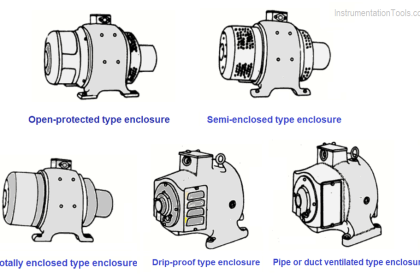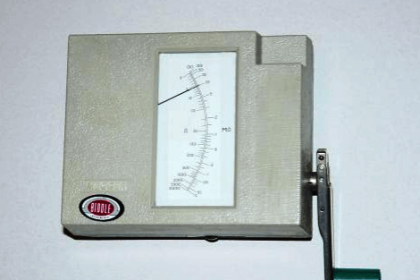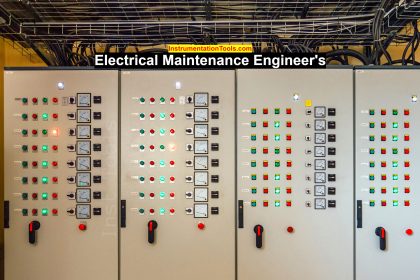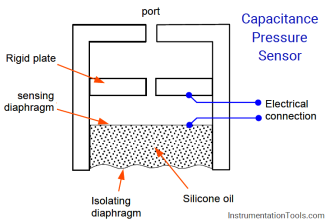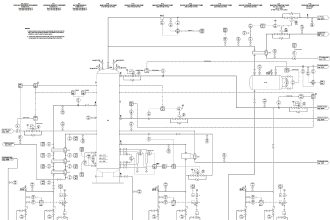In this post, we will learn the importance of neutral wire in electrical circuits.
In an electrical power supply, there are three types of wires – phase, neutral, and earth. People always assume that neutral wire is of no use because it does not carry any current.
But, do you know that it is almost impossible to complete any electrical circuit, even in big three-phase supplies, without this neutral wire.
What is Neutral Wire?
As you know, in any electrical path, two potentials make up the circuit and allow the flow of current – phase and neutral. Phase is the conducting wire which has current, and neutral is the conducting wire which has no current but just completes the current path by redirecting it to the source point. So, a neutral wire is used to complete the current flow in a circuit.
Without a neutral wire, current will not flow through the load. It is also called a zero potential point. As you can see in the below image, the load is connected to two points – phase (red line) and neutral (black line). The third point is connected to the earth.
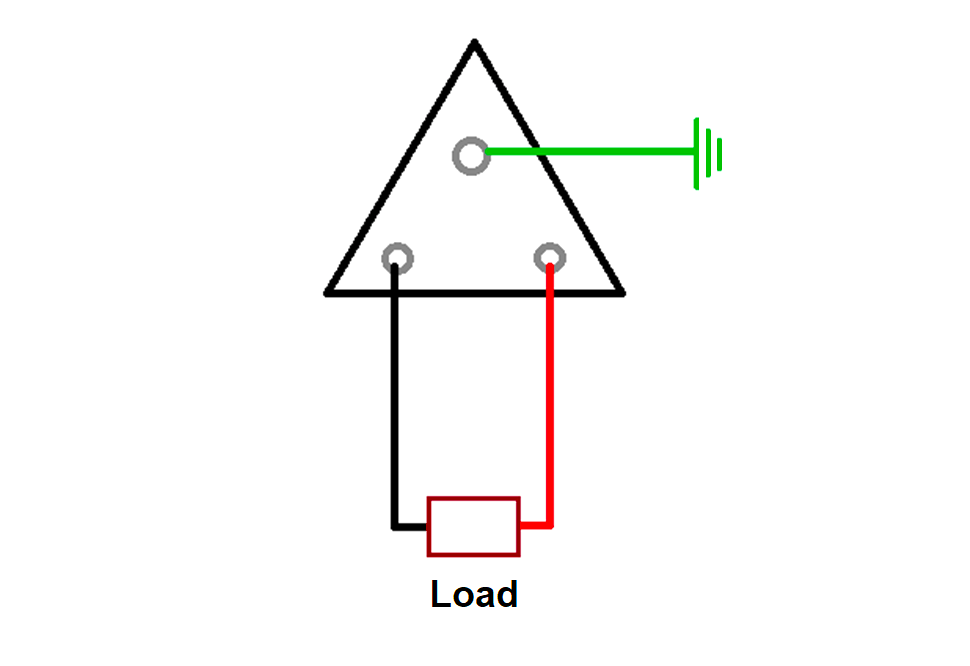
Practically, the neutral wire is connected to the ground. When the live wire is carrying current to the load and the neutral wire is taking back the return current from it, as the neutral wire needs to be non-conducting, it will become conducting in this case.
So, to make it non-conducting, the neutral wire is connected to the ground apart from a neutral point. This nullifies the path and makes it non-conducting. (It is to be noted that practically, non-conducting means less-conducting. If we add the phase currents, then a small return current will always flow through the neutral wire. It is negligible and less harmful, as compared to a neutral wire connected without ground).
For your information, it is to be noted that the power supply comes to our home from three-phase transformers. This power is reduced by using the step-down transformer so that we can use it as 230/415V, the output of this step-down transformer would have a neutral.
The neutral is the point in which the three windings of the transformer meets up, we can consider the neutral as the star-point of the transformer. It is then distributed to various single points that we use in our daily lives.
Also, one more thing to be noted is that as neutral wire carries a very small amount of current, the conductor wire size can be less as compared to phase wires.
Can We Connect the Earth in Place of Neutral for Conducting Current?
Yes; if required, you can connect an earth wire instead of a neutral wire for completing the current path. This is because current requires a path to complete; and as the neutral was doing the same thing with zero potential, an earthing wire can also do the same thing by completing the path with zero potential in it.
But, this is done only in rare cases. Because in that case, earthing will not provide safety features; and that can cause damage to the circuit. Earth is used for safety purposes primarily.
The neutral wire is used for completing the current path with phase wire.
Importance of Neutral Wire
- One of the most important things about this wire is protection from voltage imbalance. Because there is a neutral wire, the return current from the load (after it provided resistance) is safely carried back to the neutral point and earthing. The cycle then repeats itself continuously. If there is no neutral wire, and if there comes any voltage spike or imbalance in line current, then as there is no safe path, the load will get damaged. In the same way, in the case of three phase supply, there will be chances that one phase will have extra voltage than the other; and if there is no safe path (return path), then it will lead to voltage imbalance.
- You can remove neutral wire in a three-phase system, subject to equal load in all three phases. It is rarely achieved and is just in theoretical parts. So, a neutral wire is a must to prevent any untoward operation in an electrical circuit.
- From all these conclusions, it is noted that all the electrical connections are incomplete without neutral wire; as it won’t complete any path.
- Due to the Earth’s ground connection, the neutral wire will not supply energy if it touches a grounded object – no spark will occur, and no current will travel.
In this way, we understand the importance of neutral wire.
If you liked this article, then please subscribe to our YouTube Channel for Electrical, Electronics, Instrumentation, PLC, and SCADA video tutorials.
You can also follow us on Facebook and Twitter to receive daily updates.
Read Next:
- What is a Substation?
- Motor Cooling Methods
- Flame Retardant Cables
- SCADA in Power System
- Single and Multi-Core Cables
